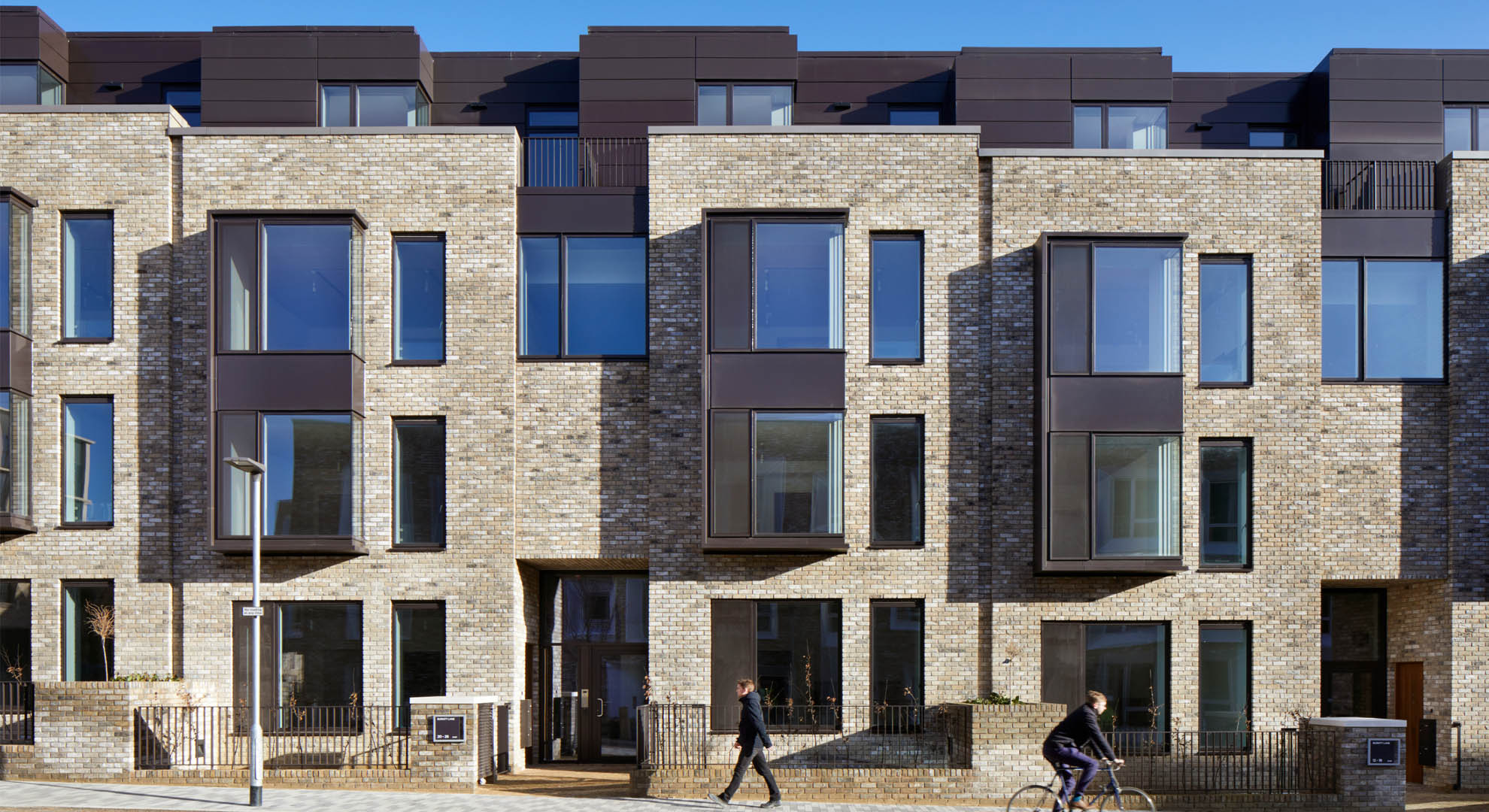Inspiring Climate Action
In pursuit of the ultimate net zero target
“Rely on renewable energy flows that are always there whether we use them or not, such as, sun, wind and vegetation: on energy income, not depletable energy capital.”
Amory Lovins
Earth is an unusual and relatively small blue planet within the scale of the cosmos. It has been home to life for millions of years, but in the blink of a planetary eye, humankind has expanded at almost exponential growth to 7,720,211,220 people at the time of starting to write this article.
The Earth’s forests and ocean ecology can theoretically absorb 7,000,000,000 tonnes of CO2 over a year, which means that every person alive on this planet has a personal budget of around 1 tonne of CO2.
In 2018, we emitted 38,297,000,000 Tonnes of CO2 which is 5.5 times more than the carrying capacity of the Earth. This is the root cause of climate change.
“Imagine a world where everyone, everywhere lives happy, healthy lives within the limits of the planet, leaving space for wildlife and wilderness. We call this One Planet Living, and we believe it’s achievable.”
Bio Regional
One Planet Living
The concept of “one planet living” crystallises the aim of a sustainable future and is the “ultimate net zero carbon target.” We only have one planet and therefore have to live within its renewable income, rather than its capital.
In 2002, Bioregional, together with the Peabody Foundation and Architect Bill Dunster, completed Bedzed, a prototype one planet living development. It used a fabric first approach and the latest low carbon biomass CHP technology at that time. Now, 17 years later and with a new biomass boiler, extensive use of PV and green electricity tariff, it still achieves its net zero operational carbon target.
Apart from several notable low carbon examples, there has not been the impetus within successive UK governments and the construction industry to consistently deliver one planet living developments like Bedzed.
We have wasted 20 years of time to address climate change.
This appears about to change.
Net Zero Whole Life Carbon
In 2019, the UK Green Building Council (UKGBC) has defined a process for achieving “whole life” net zero carbon.
There are two categories of carbon emissions within this whole life model:
– Operational Carbon Emissions, which is the carbon emitted by the energy used to operate buildings, heating, lighting, cooling, ventilation and small power, computers, and processes contained within the building.
– Embodied Carbon Emissions, which is embodied carbon related to the resources and materials used in the construction of the building and associated infrastructure.
Whole life carbon is the combination of the two.
We cannot, however, wait until 2050 to start this work, and in June 2019, the RIBA joined the worldwide movement and declared a climate emergency.
The key question is how fast can we achieve net zero realistically?
Net Zero Carbon Timeline
WilkinsonEyre is advising the RIBA on a net zero timeline, and we are in the process of redefining our internal design process to deliver this new reality in architectural practic
Now: Anyone reading this article should contact their clients and offer to help identify opportunities to reduce energy use immediately. POE research has indicated that immediate savings of 25% is not uncommon.
2020: In 18 months we need all governments to commit to a radical international effort to upgrade existing buildings to reduce energy demand by 50%, and to decarbonise the electricity grid. If we don’t start next year then we will not achieve the 2050 backstop.
2020: Building regulations in the UK should be changed to measure in use operational energy performance and set a DEC C rating as minimum target for all buildings. Embodied Energy Analysis and POE should be made mandatory.
2025: All new and refurbished buildings should reach 50% reduction in energy compared to benchmarks or equivalent of a DEC B rating, and better with the use of onsite renewables.
2030: All new and refurbished buildings should reduce energy use by 75% compared to benchmarks or equivalent DEC A rating, and achieve zero operational carbon emissions by the use of onsite and offsite renewables.

The Trillion Tree Challenge
Net zero whole life carbon can only be achieved in the short term by offsetting at planetary level. The trillion tree challenge is to offset 25% of the planet’s emissions by a network of projects which will be visible from space, including the sub-Saharan desert tree belt.
Net Zero Carbon Exemplars
The 2030 challenge is already being achieved, with notable examples below, and therefore we urge the construction industry to rise to the challenge to deliver a sustainable future now.
Lark Rise: This house designed by Justin Bere Architects has achieved a net positive operational carbon house which exports 35kWh/m2 annual to the grid.
Lot 1 Eddington Village: The University of Cambridge, by WilksinsonEyre is predicted to achieve net zero operational carbon.
Keynsham Civic Centre: This complex by AHR Architects and Max Fordham Engineers has achieved DEC A rating and a 52% reduction in operational carbon emissions.
Wembley Campus: The United College Group by WilkinsonEyre is a refurbished building that is seeking to achieve our 2030 target of DEC A rating now.
In the hour of writing this article the world population has risen by 30,000 and we have collectively emitted 4,371,803 tonnes of carbon.
The ultimate net zero carbon target for humankind is to live within the means of Earth and to reduce CO2 emissions by 31 billion tonnes of CO2 as soon as possible or risk a planetary extinction event.
The examples above illustrate that we know what needs to be done and by when.
We must act now.
MAIN IMAGE: Conceptual sketch, section, College of North West London, Wembley. Image courtesy of WilkinsonEyre
